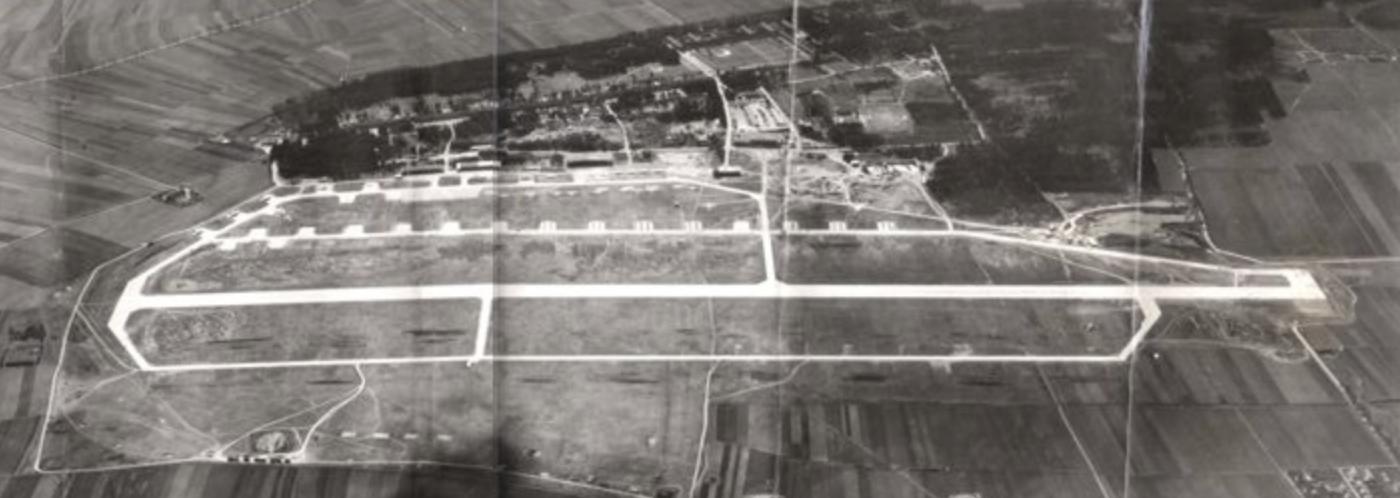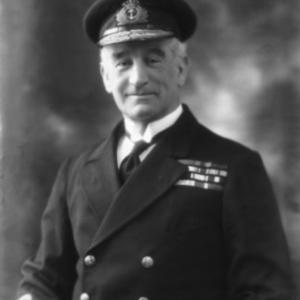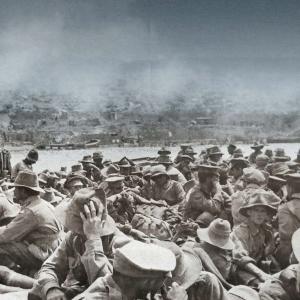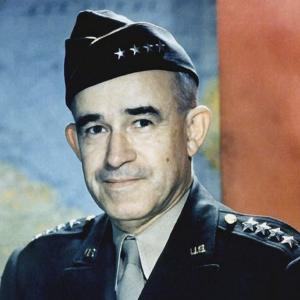
Luftwaffe training base
The airfield near the town of Fürstenfeldbruck in Bavaria was built in the mid-1930s and became one of the earliest major training establishments of the Luftwaffe. From 1937 onwards it operated as Luftkriegsschule 4, or the 4th Air War School, and remained active throughout the Second World War as a pilot and aircrew training centre. Its purpose was to prepare new officers and pilots for the expanding German air force, and it became a model for other Luftwaffe training schools.
The Fürstenfeldbruck base was constructed on a large scale between 1935 and 1937, involving around two thousand workers who cleared forests, moved vast quantities of earth, and laid down several kilometres of roads and railways. The project cost tens of millions of Reichsmarks and resulted in a self-contained training complex complete with classrooms, hangars, accommodation blocks, and recreation areas. When it opened officially in 1937, it was considered one of the most modern aviation training facilities in Germany.
The main purpose of the base was to train pilot officers, navigators, and flying instructors. The aircraft used reflected this variety of roles. Early in the war the school operated basic trainers such as the Arado Ar 66, Bücker Bü 131 Jungmann, and Focke-Wulf Fw 44 Stieglitz. More advanced instruction used the Arado Ar 96, Focke-Wulf Fw 58, and Heinkel He 46. The Messerschmitt Bf 108 Taifun was employed for navigation and communications training, while gliders such as the Grunau Baby and Kranich were used when fuel became scarce later in the war. There were also examples of the Junkers W 33 and W 34 for multi-engine training.
Although exact numbers of aircraft stationed there are not known, the base typically housed a large and varied fleet—enough to support continuous training for hundreds of cadets. At its peak, several hundred trainee pilots would have been undergoing instruction at any one time, supported by a sizeable cadre of flight instructors, mechanics, and administrative personnel. As the war progressed and fuel shortages grew more severe, flying hours were reduced, and glider instruction became more common.
The facilities at Fürstenfeldbruck reflected its status as a permanent Luftwaffe establishment rather than a temporary wartime station. It featured extensive barracks, classrooms, workshops, maintenance hangars, and sports grounds. There were canteens for enlisted men, a larger mess for officers, and common areas where cadets could socialise or relax after flying. While it was not a luxury posting, reports from the period describe a comfortable and well-organised environment. The officers’ mess in particular was known for its restaurant-quality meals and a small bar that served local Bavarian beer.
An interesting aspect of the airfield’s design was that it was modelled partly on the American Randolph Field in Texas, which the Germans admired for its efficiency and layout. The resemblance was visible in the orderly arrangement of hangars, training areas, and accommodation blocks surrounding the main parade ground.
For most of the war, Fürstenfeldbruck avoided major Allied bombing because it was primarily a training base rather than a combat airfield. Only in the final months of the conflict did it suffer significant damage when American bombers attacked in April 1945, destroying hangars, workshops, and parts of the runway. By that time, most flying activity had already ceased, and personnel were being reassigned to ground units as the German war effort collapsed.
During its years of operation from 1937 to early 1945, thousands of Luftwaffe airmen began their flying careers at Fürstenfeldbruck. The school’s reputation for high technical standards made it a cornerstone of German pilot education. After the war the base was taken over by American forces, later returning to German control as part of the postwar Bundeswehr, continuing its long association with aviation training.










